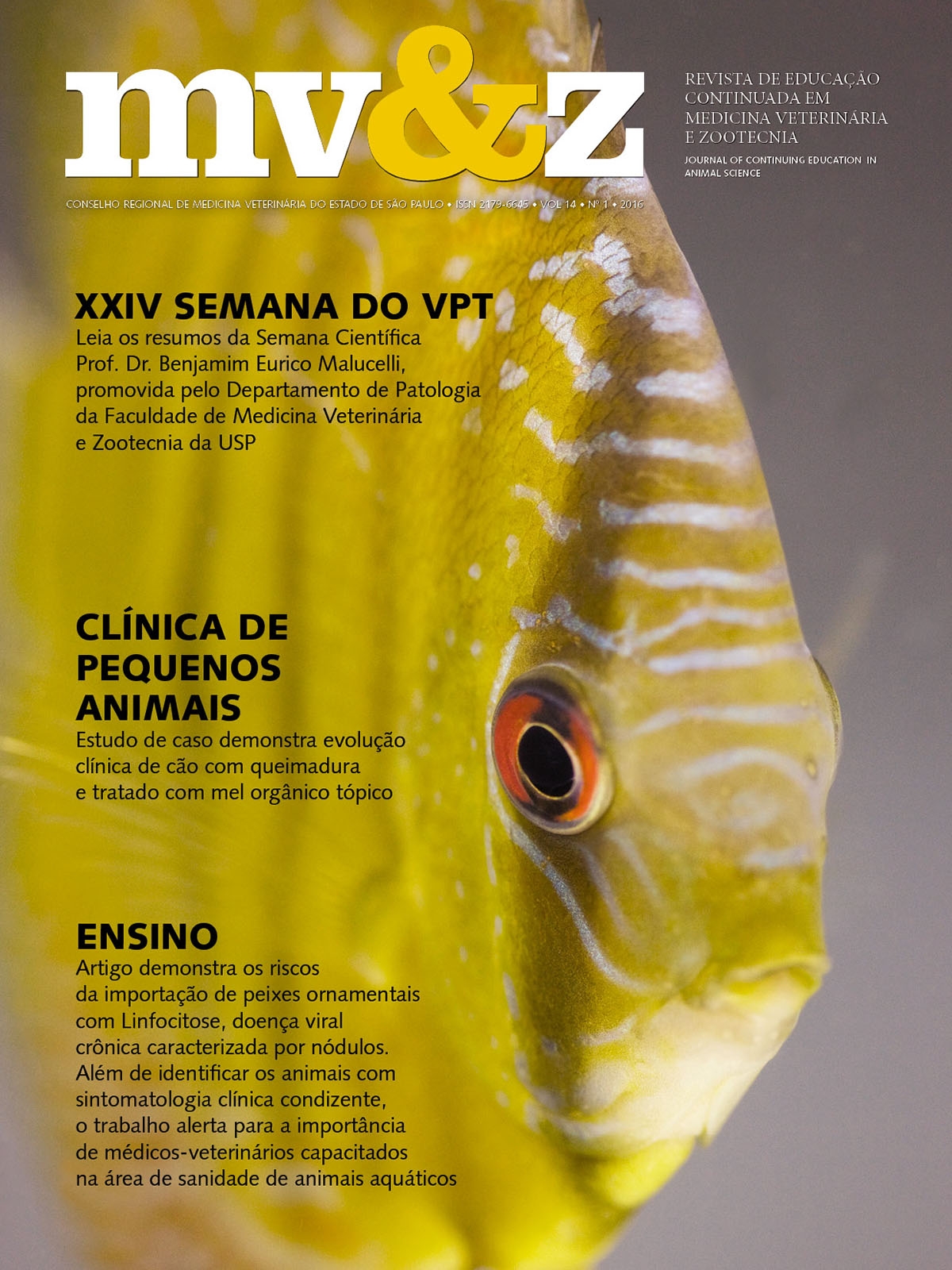Quality assessment and quality control of next-generation sequencing for Leishmania infantum
Conteúdo do artigo principal
Resumo
Next-generation sequencing (NGS) technologies are becoming widely used, and although a massive number of sequences can be generated in a single experiment, it is still important to characterize the reads. Characterizing reads may prevent undesirable outcomes in the assembly or mapping processes. Discarding low-quality reads, controlling for contamination, and trimming adaptor sequences are examples of preliminary quality control procedures that can be applied to raw reads before further analysis. Here it was applied the FastQ Quality Control Software (FastQC) in order to assess the quality of the data of next-generation sequecing for Leishmania infatum.
Detalhes do artigo
Seção
1. Autores mantém os direitos autorais e concedem à revista o direito de primeira publicação, com o trabalho licenciado sob a Creative Commons Atribuição-NãoComercial-SemDerivações 4.0 Internacional
2. Autores têm autorização para assumir contratos adicionais separadamente, para distribuição não-exclusica da versão do trabalho publicada nesta revista (ex.: publicar em repositório institucional ou como capítulo de livro), com reconhecimento de autoria e publicação inicial nesta revista.
3. Autores têm permissão e são estimulados a publicar e distribuir seu trabalho online (ex.: em repositórios instituicionais ou na sua página pessoal) a qualquer ponto antes ou durante o processo editorial, já que isso pode gerar alterações produtivas, bem como aumentar o impacto e a citação do trabalho publicado (Veja O Efeito do Acesso Livre);
